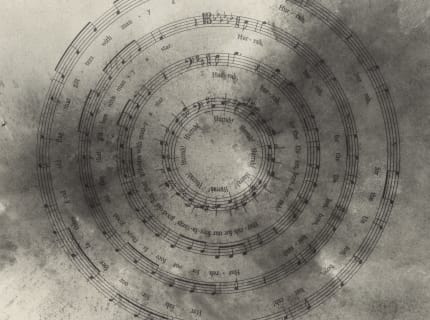“Promise, Witness, Remembrance” — an exhibition opening April 7 at the Speed Art Museum in Louisville, Ky., in honor of Breonna Taylor, the 26-year-old medical worker killed by police there nearly a year ago — came together fast, yet in a manner “tempered by conversations,” said its curator Allison Glenn.
These involved, centrally, Tamika Palmer, Taylor’s mother, whose input yielded the show title; and the painter Amy Sherald, whose portrait of Taylor will anchor the exhibition. Two advisory committees — one national, one in Louisville — have guided the show’s making, in part to avoid the shoals on which museums have foundered in their efforts to address trauma and inequity in their communities, and in their own practices.
But “Promise, Witness, Remembrance” — whose list of about two dozen artists mixes big names (for instance Kerry James Marshall and Lorna Simpson) with others who are lesser known (Bethany Collins, Noel Anderson, Jon-Sesrie Goff), several with Louisville ties, and local photographers who documented the protests last year — has both greater and simpler ambitions. The hope, Glenn said, is to show “museums can get it right” through consultation that improves, not diminishes, curatorial quality. It is also to help stitch community in a midsize city by listening to those excluded by art institutions in the past.
During a phone conversation, Glenn, who is from Detroit and is an associate curator at the Crystal Bridges Museum of American Art in Bentonville, Ark., shared insights gleaned in making the exhibition, which will run through June 6. The following excerpts have been edited and condensed.
Amy Sherald’s portrait of Breonna Taylor will be a big draw, appropriately. Does it risk posthumous hero-izing of someone who did not ask for it? And how do you build a show around it that brings both care and insight in the wake of trauma?
That is the question. In layout and design, when you walk into the gallery, in your sightline will be the portrait. If that is all you are here for, you can go right there.
The first section, called “Promise,” is a bit more conceptual, a conversation about ideologies of the United States through symbols that uphold them. Bethany Collins’s work addresses the Star Spangled Banner, for example.
In the “Witness” section are protest photographs from 2020, as well as work that connects to a century of movements for Black lives. And there is Sam Gilliam, who grew up and studied in Louisville, protesting against the expectation that his work as a Black male painter was to carry the weight of representation, as part of a movement toward positive imagery. His resisting that becomes a protest in itself. And it sets the stage for someone like Rashid Johnson to work within conceptual art and abstraction, but more freely.
I made the decision that I wasn’t going to show any work that was traumatizing in the exhibition. But I also had to be clear that I couldn’t edit the archive when it came to the protest photographs.


